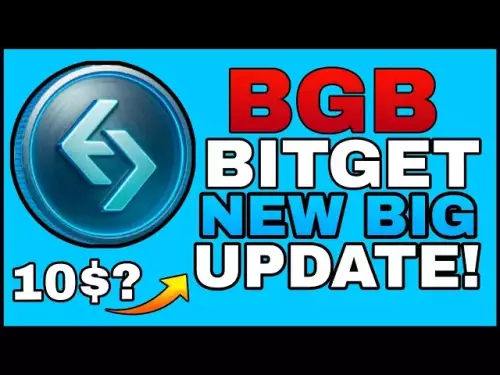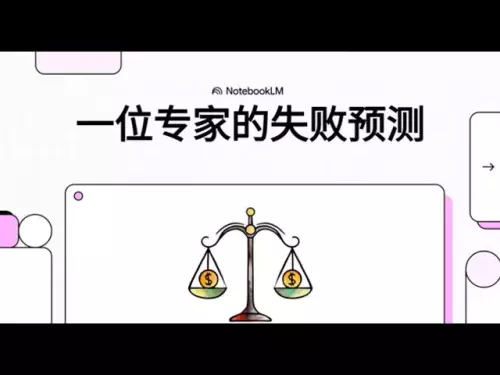-
 Bitcoin
Bitcoin $111800
2.41% -
 Ethereum
Ethereum $4330
0.41% -
 XRP
XRP $2.854
3.36% -
 Tether USDt
Tether USDt $1.000
0.01% -
 BNB
BNB $853.3
0.92% -
 Solana
Solana $209.8
6.27% -
 USDC
USDC $0.9999
0.01% -
 Dogecoin
Dogecoin $0.2148
1.72% -
 TRON
TRON $0.3381
0.27% -
 Cardano
Cardano $0.8379
4.32% -
 Chainlink
Chainlink $23.43
4.29% -
 Hyperliquid
Hyperliquid $44.99
4.26% -
 Ethena USDe
Ethena USDe $1.001
0.03% -
 Sui
Sui $3.333
3.49% -
 Stellar
Stellar $0.3680
2.80% -
 Bitcoin Cash
Bitcoin Cash $584.2
7.13% -
 Avalanche
Avalanche $24.54
5.86% -
 Cronos
Cronos $0.2805
4.87% -
 Hedera
Hedera $0.2216
3.46% -
 UNUS SED LEO
UNUS SED LEO $9.566
0.16% -
 Litecoin
Litecoin $111.8
2.65% -
 Toncoin
Toncoin $3.169
1.76% -
 Shiba Inu
Shiba Inu $0.00001243
2.65% -
 Polkadot
Polkadot $3.821
3.36% -
 Uniswap
Uniswap $9.567
2.42% -
 Bitget Token
Bitget Token $5.189
11.28% -
 World Liberty Financial
World Liberty Financial $0.2269
-4.97% -
 Dai
Dai $0.9999
0.00% -
 Monero
Monero $269.9
3.90% -
 Aave
Aave $315.4
3.41%
What is the difference between lending and borrowing in DeFi?
DeFi lending lets users earn interest by supplying crypto to liquidity pools, with rewards distributed via smart contracts based on demand and usage.
Sep 03, 2025 at 12:00 am
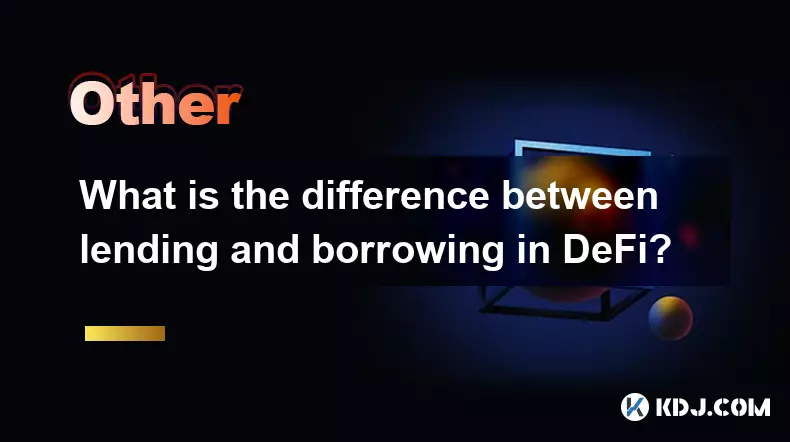
Understanding DeFi Lending Mechanisms
1. DeFi lending allows users to supply their crypto assets to a liquidity pool in exchange for interest payments. These pools are managed by smart contracts that automatically distribute rewards based on usage and demand.
2. Lenders maintain ownership of their assets while earning passive income. The interest rates are typically variable and determined algorithmically depending on the utilization rate of the pool.
3. Popular platforms like Aave and Compound enable users to lend stablecoins or major cryptocurrencies such as ETH and DAI. The assets lent are often over-collateralized to ensure system stability.
4. Lenders receive liquidity provider tokens representing their share in the pool. These tokens can be used in other DeFi protocols, enabling yield stacking strategies.
Lenders do not transfer ownership but grant temporary usage rights to borrowers through decentralized protocols.The Role of Borrowing in DeFi Ecosystems
1. Borrowing in DeFi allows users to take out loans without undergoing credit checks. Instead, borrowers must lock up digital assets as collateral, usually exceeding the loan value.
2. The borrowed funds can be used for various purposes, including leveraged trading, liquidity provision, or transferring value without triggering taxable events.
3. If the value of the collateral drops below a certain threshold, the position becomes eligible for liquidation. Automated bots execute these liquidations to protect lenders.
4. Some protocols offer flash loans, which allow uncollateralized borrowing under the condition that the loan is repaid within the same blockchain transaction.
Borrowers must carefully manage collateral ratios to avoid liquidation during market volatility.Key Differences Between Lending and Borrowing
1. Lending involves providing capital to earn interest, while borrowing entails taking capital by posting collateral.
2. Lenders assume counterparty risk mitigated by over-collateralization and smart contract safeguards, whereas borrowers face liquidation risk if their collateral value declines.
3. The economic incentives differ: lenders seek yield generation, while borrowers aim to leverage their holdings or access liquidity.
4. Transaction flows are opposite—lenders deposit assets into protocols, and borrowers withdraw them after locking collateral.
Both activities rely on transparent, trustless smart contracts rather than centralized intermediaries.Security and Risk Factors in DeFi Financing
1. Smart contract vulnerabilities pose a significant threat to both lenders and borrowers. Code exploits have led to substantial fund losses in various protocols.
2. Oracle manipulation can distort collateral valuations, leading to incorrect liquidations or under-collateralized loans.
3. Market volatility directly impacts borrowing positions. Sudden price drops can trigger cascading liquidations across multiple platforms.
4. Regulatory uncertainty affects the long-term viability of DeFi lending and borrowing, especially concerning user anonymity and jurisdictional compliance.
Users must conduct thorough due diligence on protocol audits, governance models, and historical performance before participating.Frequently Asked Questions
What happens if a borrower fails to repay a DeFi loan?If a borrower does not maintain the required collateral ratio, the smart contract automatically liquidates part of the collateral to repay the debt. There is no manual collection process—execution is fully automated.
Can you lend and borrow the same cryptocurrency simultaneously in DeFi?Yes, users can lend one asset and use the received liquidity tokens as collateral to borrow another. Some advanced strategies involve looping—borrowing, supplying, and borrowing again to amplify exposure.
Are interest rates fixed or variable in most DeFi lending platforms?Most DeFi platforms use algorithmically adjusted variable rates based on supply and demand dynamics within each asset pool. Fixed-rate lending options exist but are less common and often involve derivatives or specialized protocols.
How do flash loans work without requiring collateral?Flash loans are executed within a single transaction. The borrower must take the loan and repay it with fees before the transaction ends. If repayment fails, the entire transaction is reverted, ensuring no loss to the protocol.
Disclaimer:info@kdj.com
The information provided is not trading advice. kdj.com does not assume any responsibility for any investments made based on the information provided in this article. Cryptocurrencies are highly volatile and it is highly recommended that you invest with caution after thorough research!
If you believe that the content used on this website infringes your copyright, please contact us immediately (info@kdj.com) and we will delete it promptly.
- PUMP Token, Solana, and Project Ascend: Riding the Meme Coin Wave
- 2025-09-03 07:05:12
- Stablecoin Showdown: South Korea's Institutional Crypto Race
- 2025-09-03 02:45:12
- Bitcoin Price Prediction, Pepeto Buy: Navigating the Crypto Hype
- 2025-09-03 02:45:12
- PTB Tokenomics: Redefining DeFi Adoption and Value Capture
- 2025-09-03 03:05:12
- AI, XRP, and Predictions: Decoding the Crypto Crystal Ball
- 2025-09-03 03:05:12
- Stablecoins, Yield-Generating, and Reflect: A New Era of DeFi?
- 2025-09-03 03:45:16
Related knowledge

How do you participate in a project's governance?
Sep 02,2025 at 09:01pm
Understanding Governance in Blockchain Projects1. Governance in blockchain ecosystems allows token holders to influence the direction and policies of ...
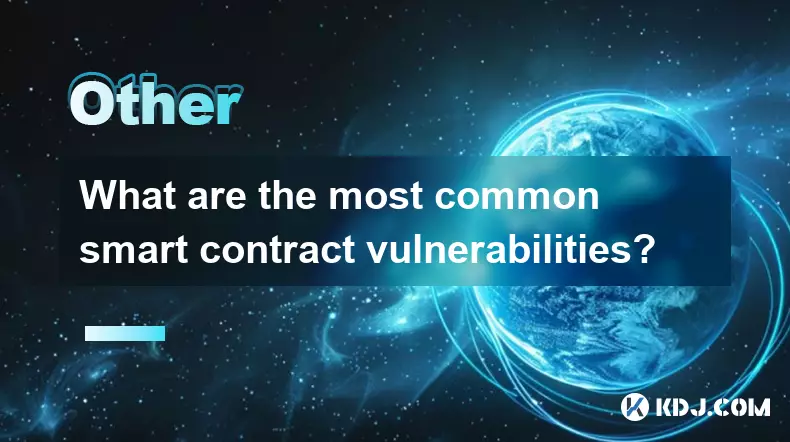
What are the most common smart contract vulnerabilities?
Sep 03,2025 at 09:18am
Reentrancy Attacks1. Reentrancy is one of the most notorious vulnerabilities in smart contracts, famously exploited in the DAO attack. It occurs when ...
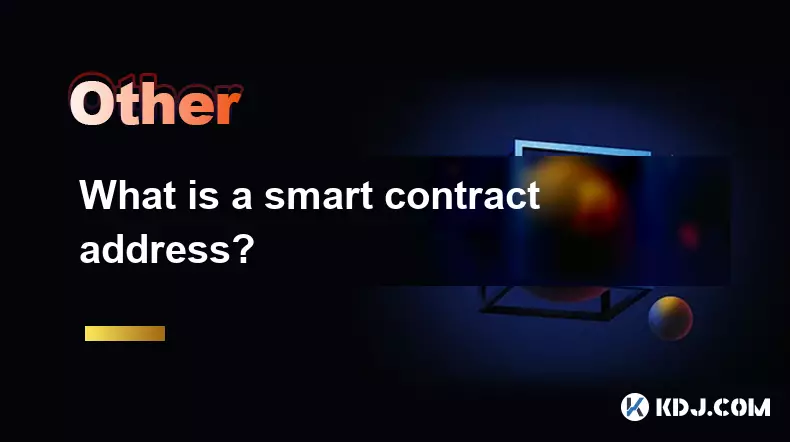
What is a smart contract address?
Sep 03,2025 at 04:36am
Understanding Smart Contract Addresses in BlockchainA smart contract address is a unique identifier on a blockchain network where a smart contract res...

What is the difference between lending and borrowing in DeFi?
Sep 03,2025 at 12:00am
Understanding DeFi Lending Mechanisms1. DeFi lending allows users to supply their crypto assets to a liquidity pool in exchange for interest payments....
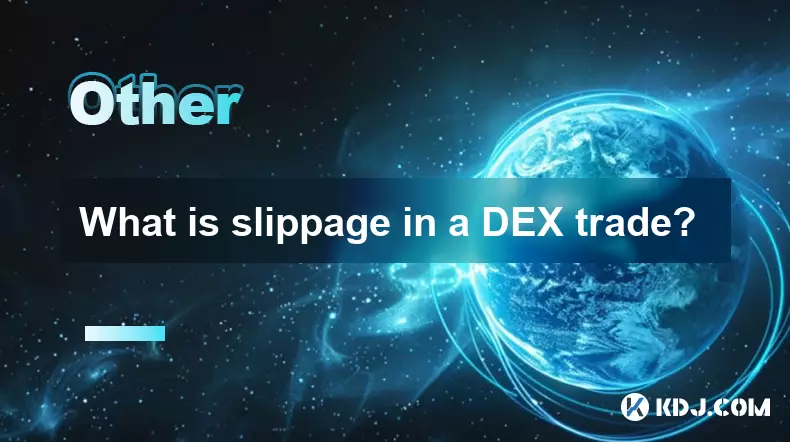
What is slippage in a DEX trade?
Sep 02,2025 at 06:18pm
Understanding Slippage in Decentralized Exchanges1. Slippage refers to the difference between the expected price of a trade and the actual price at wh...
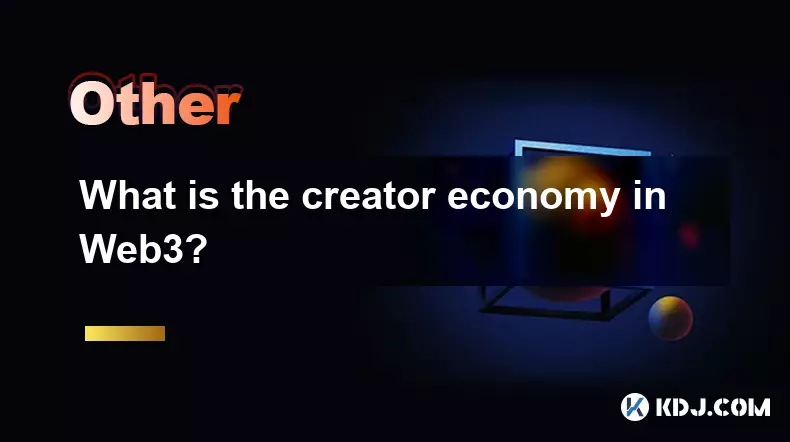
What is the creator economy in Web3?
Sep 03,2025 at 06:36am
The Decentralized Foundation of Web3 Creator Platforms1. Web3 redefines the creator economy by eliminating centralized intermediaries such as social m...

How do you participate in a project's governance?
Sep 02,2025 at 09:01pm
Understanding Governance in Blockchain Projects1. Governance in blockchain ecosystems allows token holders to influence the direction and policies of ...

What are the most common smart contract vulnerabilities?
Sep 03,2025 at 09:18am
Reentrancy Attacks1. Reentrancy is one of the most notorious vulnerabilities in smart contracts, famously exploited in the DAO attack. It occurs when ...

What is a smart contract address?
Sep 03,2025 at 04:36am
Understanding Smart Contract Addresses in BlockchainA smart contract address is a unique identifier on a blockchain network where a smart contract res...

What is the difference between lending and borrowing in DeFi?
Sep 03,2025 at 12:00am
Understanding DeFi Lending Mechanisms1. DeFi lending allows users to supply their crypto assets to a liquidity pool in exchange for interest payments....

What is slippage in a DEX trade?
Sep 02,2025 at 06:18pm
Understanding Slippage in Decentralized Exchanges1. Slippage refers to the difference between the expected price of a trade and the actual price at wh...

What is the creator economy in Web3?
Sep 03,2025 at 06:36am
The Decentralized Foundation of Web3 Creator Platforms1. Web3 redefines the creator economy by eliminating centralized intermediaries such as social m...
See all articles





















![[Pycoin] PI Coin -Start introduction of practical use (emergency)?! Now .. 'Here' first you can use it first / How to accelerate mining #paikoin [Pycoin] PI Coin -Start introduction of practical use (emergency)?! Now .. 'Here' first you can use it first / How to accelerate mining #paikoin](/uploads/2025/09/02/cryptocurrencies-news/videos/pycoin-pi-coin-start-introduction-practical-emergency-accelerate-mining-paikoin/68b6ea848f2d1_image_500_375.webp)

